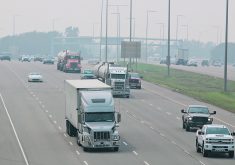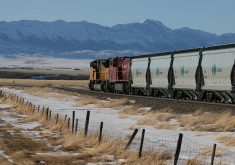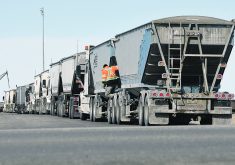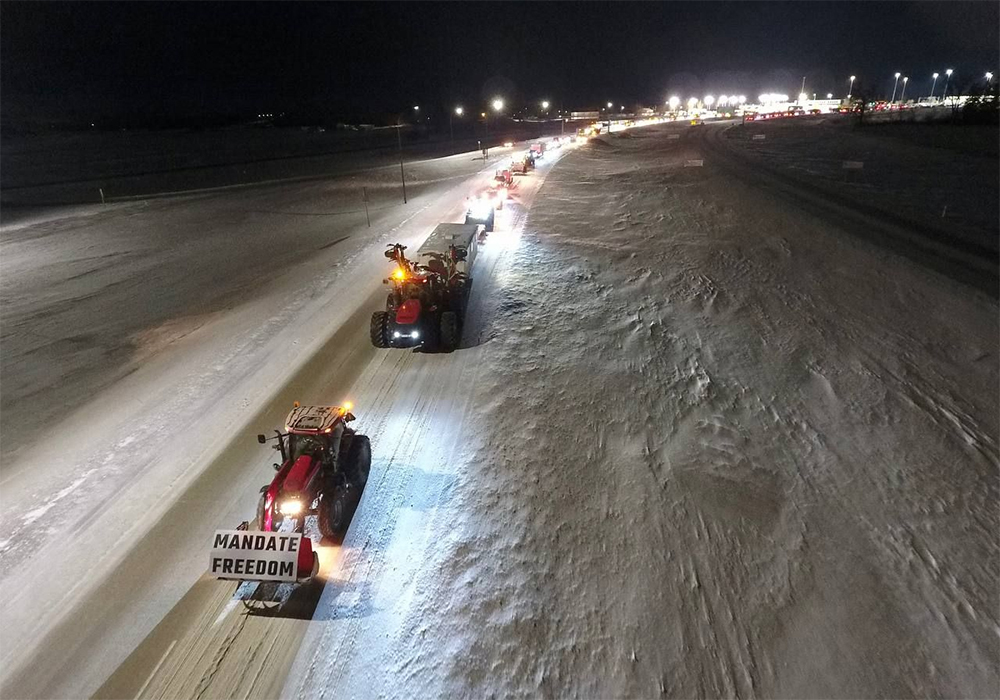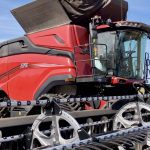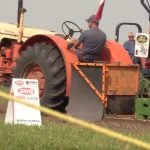Cat wants its tattooed customers back.
Caterpillar admits to annoying farmers and truckers when it stopped selling engines for highway tractors.
“We have a very loyal customer base. We have guys with Cat tattoos on their arms instead of Harley Davidson tattoos,” says Lorne Lagimodiere, truck manager for Toromont Cat in Winnipeg.
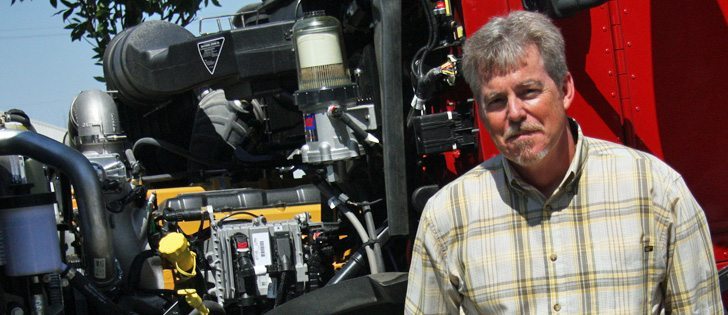
“There’s no doubt a lot of them were pissed off at us. And they let us know about it.”
Instead, they partnered with AGCO and Claas.
Until recently, Cat and Cummins were the only two North American diesel manufacturers fully committed to selling engines to the trucking industry. They also sell engines for marine, mining, power generation, pump stations, and any other industry that needs a power source.
For Cat, it’s all about selling engines. Whether they go into earth moving equipment, generator stations or agricultural implements, the machine is basically just another venue for a Cat engine.
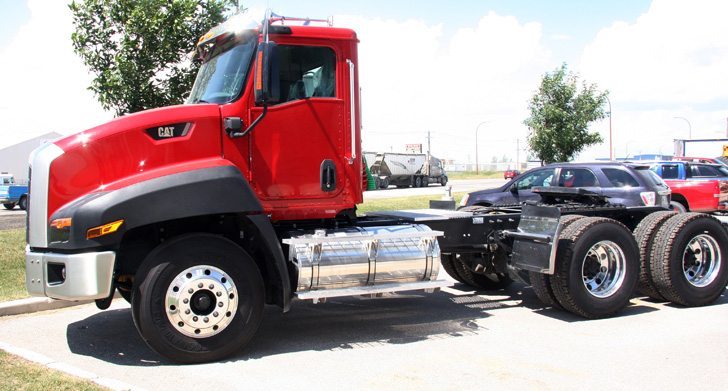
“Diesel engines are at the heart of our company. Everything we do is about building and selling diesel engines,” says Lagimodiere.
“When the OEM highway tractor manufacturers started building their own engines, it was clear they would exclude Cat and Cummins from the order sheet.
“Or, they would price our engines so high that the customer had no choice but to buy the OEM engine.”
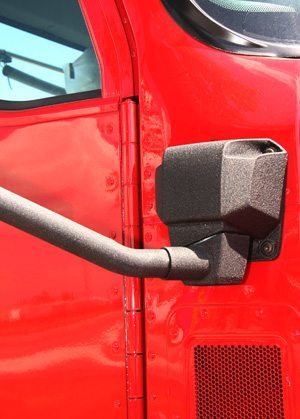
Paccar builds Kenworth and Peterbilt and they have developed their own engines. Freightliner bought up Detroit Diesel, so they now have their own engines. Navistar International has its own line of MaxxForce engines. And Volvo isn’t about to put Cat or Cummins onto their order forms.
“We’d go out to a construction site and we’d see Caterpillar (powered and branded) machines everywhere. But, of course, no Caterpillar tandem trucks,” says Lagimodiere.
“Some of our earth moving customers would have anywhere from three tandem haulers to 80 tandems or more. Every brand was represented.
“We’d talk to them about what they like and don’t like about their trucks. It became obvious that there was a demand for a high quality, extra heavy duty tandem. That’s what we have now in the CT660.”
Read Also

Alberta researcher helps unlock the economics of farming
Lethbridge Polytechnic researcher helping agriculture producers with decision-making tools in economic feasibility
The dealers saw tandem trucks as an agricultural opportunity that they could pair with their Claas Lexion and AGCO Challenger equipment.




